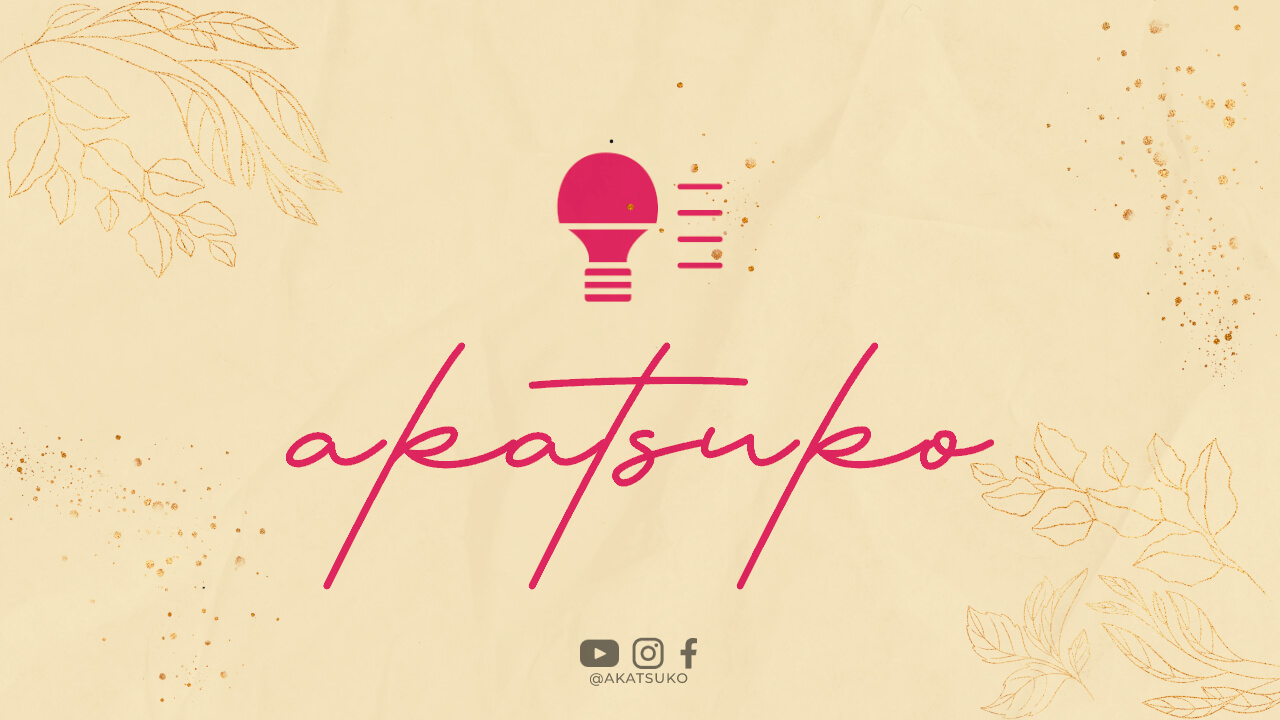Indonesia is known for its rich cultural heritage, and one of the most prominent elements of this heritage is the encaustic tile. These tiles are a testament to the country’s artistic and architectural achievements, and their intricate design and craftsmanship have captured the attention of many people around the world.
What are Encaustic Tiles?
Encaustic tiles are decorative tiles that are made by pressing colored clay into a mold and then baking it in a kiln. This process creates a tile with a pattern that is embedded into the clay, rather than just painted on the surface. The end result is a durable and long-lasting tile that is perfect for use in a variety of applications, from flooring to wall coverings.
The History of Encaustic Tiles in Indonesia
The use of encaustic tiles in Indonesia can be traced back to the 13th century, during the reign of the Majapahit Empire. At this time, tiles were used primarily for decorative purposes in temples and other religious structures. The intricate patterns and designs of these tiles were meant to symbolize the spiritual and cultural beliefs of the people who created them.
As time went on, the use of encaustic tiles spread beyond religious structures and into other areas of Indonesian architecture. During the Dutch colonial period, for example, encaustic tiles were used extensively in the construction of public buildings such as schools and government offices. The tiles were also used in private residences, particularly those owned by wealthy families who wanted to showcase their status and taste.
The Design of Encaustic Tiles in Indonesia
One of the most distinctive features of encaustic tiles in Indonesia is their intricate and colorful design. These tiles often feature geometric patterns and floral motifs, as well as images of animals and other natural elements. The colors used in these designs are typically bold and vibrant, with shades of red, blue, green, and yellow being particularly common.
The design of encaustic tiles in Indonesia is also influenced by the country’s cultural and religious traditions. Many tiles, for example, feature Islamic calligraphy or symbols, while others incorporate Hindu or Buddhist imagery. These designs serve not only as decorative elements, but also as a way to express the spiritual and cultural beliefs of the people who created them.
Encaustic Tiles Today
Today, encaustic tiles are still widely used in Indonesia, both in traditional and modern architecture. Many of the country’s historic buildings, such as the Istiqlal Mosque in Jakarta and the Borobudur Temple in Central Java, feature intricate encaustic tile designs. In addition, many contemporary designers and architects are incorporating encaustic tiles into their projects, as a way to pay homage to the country’s rich artistic heritage.
Conclusion
The encaustic tile is a true masterpiece of Indonesian art and architecture. Its intricate design and rich history have captured the attention of people around the world, and its enduring popularity is a testament to the skill and creativity of the Indonesian craftsmen who created it. Whether used in traditional or modern architecture, the encaustic tile continues to be a beloved and iconic element of Indonesian culture.
